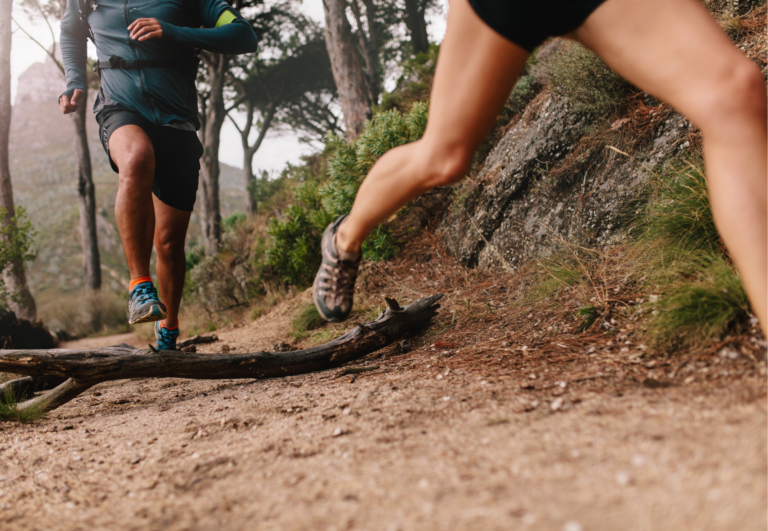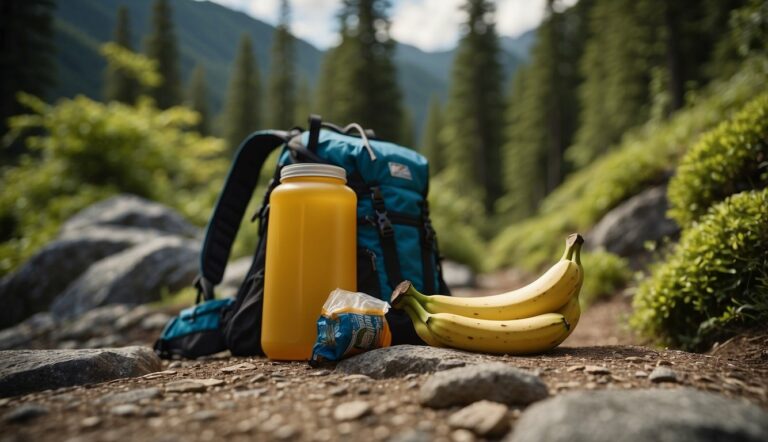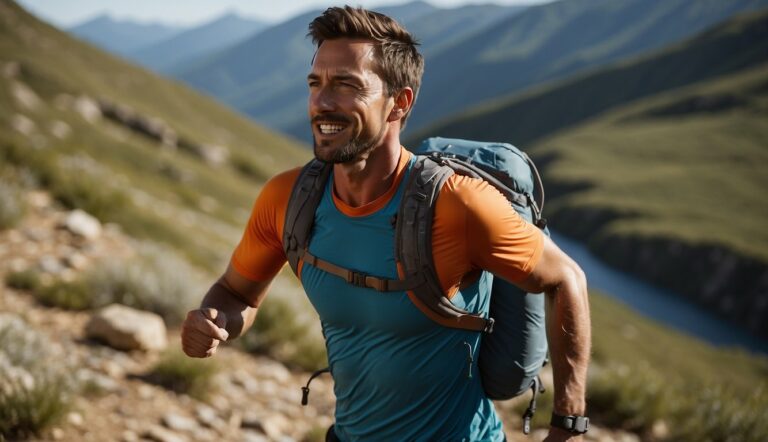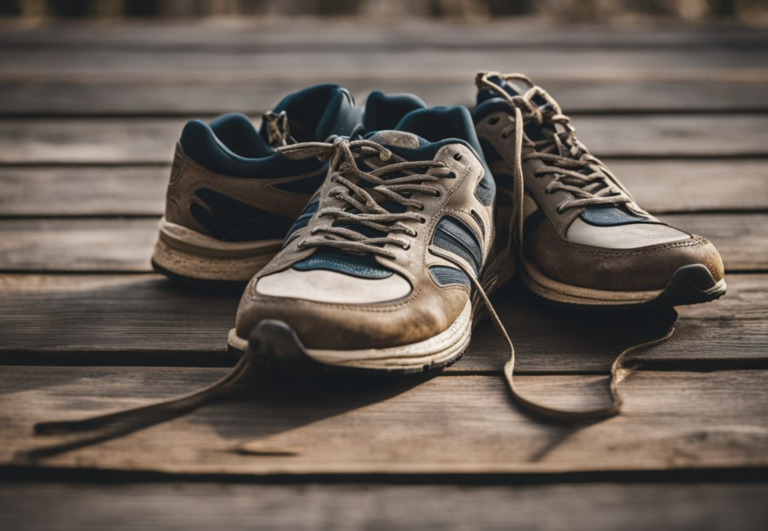Essential Trail Running Gear: Your Comprehensive Checklist
Trail running is a dynamic sport that challenges runners with diverse terrains and weather conditions. As an experienced UESCA certified running coach, I’ve learned that having the right gear is pivotal to both performance and safety. Equipping yourself appropriately can make the difference between a rewarding run and an uncomfortable experience.
Essential gear for trail running starts with proper footwear. Trail running shoes should provide ample grip and support to handle rocky, uneven surfaces. Additionally, clothing choices must be versatile, ensuring comfort and protection, no matter the elements. A good moisture-wicking base layer, along with a water and windproof jacket, are fundamental pieces.
Beyond attire, a running backpack stocked with necessities like water, nutrition, and a basic first aid kit is crucial for longer distances. Each piece of gear should be selected with the specific trail, climate, and the individual runner’s needs in mind. With the correct equipment, runners can confidently navigate the trails.
Choosing the Right Trail Running Shoes

Selecting the proper trail running shoes is crucial as they are the most important piece of gear for tackling varied terrain. The right shoes provide comfort and enhance performance, ensuring a safe and enjoyable trail run.
Understanding Trail Running Shoes
Trail running shoes are specialized footwear designed to protect your feet from the rigors of off-road running. They offer enhanced traction, stability, and durability. Unlike typical running shoes, they’re built to withstand the unpredictable conditions of trails, from rocky paths to muddy inclines.
- Traction: Look for outsoles with deep lugs that grip the ground.
- Protection: A reinforced toe box and underfoot rock plates prevent injuries.
- Stability: Consider shoes with a low center of gravity for uneven surfaces.
Popular Brands and Models
Several respected brands are known for their quality trail running shoes, each with flagship models that cater to different needs. Here’s a rundown of some popular options:
| Brand | Model | Drop | Cushioning | Terrain Suitable |
|---|---|---|---|---|
| Salomon | Speedcross 5 | Moderate | High | Muddy, soft |
| Hoka | Speedgoat 4 | Low | Maximum | Varied |
- Salomon: Known for a snug fit and aggressive grip, perfect for technical trails.
- Hoka: Offers maximal cushioning which can be a boon on longer, rough trails.
- Comfort: Always try on shoes to ensure there’s enough room for your toes and that the fit feels secure without any unwanted pressure points.
Remember, the best shoe for you depends on the specific terrain you plan to tackle and your personal preferences in fit and feel.
Essential Hydration Solutions
Hydration is critical during trail running, and choosing the right method to carry water can directly impact your performance and comfort. Let’s explore the most efficient hydration solutions to keep you properly hydrated on the trails.
Hydration Packs and Vests
Hydration packs and vests are my go-to recommendation for water on long runs. They distribute weight evenly across your back and shoulders, minimizing bounce and discomfort. Hydration vests typically come with soft flasks that sit in front pockets for easy access. Here are some key features to look for:
- Capacity: Ensure it fits a hydration bladder of at least 1.5 liters for adequate water supply.
- Fit: A snug fit is crucial to prevent chafing. Vests should not restrict breathing or movement.
- Accessibility: Look for vests with multiple pockets for gels, food, and essential trail running accessories.
I suggest choosing running hydration packs with breathable materials and adjustable straps for a personalized fit, keeping in mind the balance between weight and storage capacity.
Carrying Water Bottles
Another viable option is carrying water bottles. Some runners prefer hand-held bottles or waist packs with bottle holders for shorter runs. Key considerations include:
- Ergonomics: Opt for bottles designed for running that fit comfortably in your hand and are easy to drink from while moving.
- Capacity: Water bottles range from 250ml to 1 liter. Determine the right size based on the duration of your run and water availability on the trail.
Whether choosing a hydration vest or water bottles, ensure that your hydration gear is suitable for the length of your trail run and personal comfort preferences. Staying hydrated is imperative, so select a solution that allows you to drink without breaking stride and meets your specific trail running needs.
Trail Running Apparel for Comfort and Safety

When selecting trail running apparel, my top priority is to ensure that every piece contributes to both comfort and safety. I use garments that handle the rigors of the trail and provide protection against varying weather conditions.
Layering for Weather Conditions
To adapt to changing weather conditions, I advise runners to embrace the layering system. It consists of:
- Base Layer: A moisture-wicking running shirt that keeps you dry.
- Mid Layer: An insulating fleece or similar material for additional warmth, if needed.
- Outer Layer: A breathable, water-resistant running jacket that shields against wind and rain.
Key Items:
- Shirt: Quick-drying, technical fabric.
- Shorts: Lightweight and allowing for full range of motion.
- Extra Layers: Depending on the season, arm warmers or a vest.
Protective Accessories
Choosing the right accessories can significantly enhance your trail running experience by providing extra safety and comfort:
- Gloves: Essential for warmth on cooler runs.
- Hat or Buff: A cap for sun protection or a buff for versatile head and neck coverage.
- Sunglasses: Protect your eyes from UV rays and stray debris.
- Headlamp: Vital for visibility during early morning or late evening runs.
- Running Socks: Specific trail running designs to prevent blisters and offer cushion.
- Sunscreen: Ultra-important for exposed skin even on overcast days.
| Accessory | Function |
|---|---|
| Gloves | Keep hands warm and protected |
| Hat/Buff | Sun protection and sweat management |
| Sunglasses | Shield eyes from UV and debris |
| Headlamp | Ensure visibility in low light |
| Socks | Comfort and blister prevention |
| Sunscreen | Protect skin from UV damage |
Navigation and Technology for the Trail
Navigating trails efficiently and safely is crucial for trail runners. A reliable GPS watch and a properly equipped smartphone can enhance the trail running experience and ensure you’re always on the right path.
GPS Watches and Mapping Devices
GPS watches are indispensable for trail runners due to their tracking precision and durability against weather conditions.
Unlike traditional watches, GPS watches provide real-time data on location, distance, and elevation. This information is vital for managing pace and navigating unfamiliar terrain. When selecting a GPS watch, prioritize models with long battery life and the ability to download maps for offline use.
- Key Features of GPS Watches for Trail Running:
- Location tracking and route navigation
- Distance and elevation measurement
- Long battery life
- Downloadable maps for offline use
- Weather-resistant design
Smartphone Safety and Utility
Smartphones serve multiple roles during a trail run. In case of emergency, they can be a runner’s lifeline, facilitating calls for assistance when needed. Additionally, smartphones can be utilized as a secondary navigation tool with GPS capabilities and downloadable map apps like Gaia or Strava.
Store the device in a waterproof case within your running backpack to protect against inclement weather. While carrying your phone, consider using wireless headphones for hands-free communication or listening to music.
- Smartphone Tips for Trail Runners:
- Keep it in a waterproof case for protection.
- Download trail maps and GPS navigation apps.
- Use wireless headphones for convenience.
- Ensure a full charge before heading out, and consider bringing a portable charger.
With the right GPS watch and a properly prepared smartphone, I can confidently tackle trails knowing that my navigation needs are covered, which lets me focus on the joy of trail running.
Nutrition and Essentials on the Go
During trail runs, especially longer distances, maintaining energy through proper nutrition is critical, and ensuring you carry essential items is a must for safety and convenience.
Portable Food Options
When it comes to on-the-go nutrition, choosing smart, energy-boosting snacks is key. I always recommend a combination of simple and complex carbohydrates for quick energy and sustained release. For trail running and races, having compact and high-calorie options is essential.
- Energy Gels/Bars: Easy to carry and provide a quick dose of energy. Ideal for high-intensity runs or races.
- Fruits: Natural sugars in fruits such as bananas and dates offer a quick energy boost.
- Nuts and Seeds: For longer-lasting fuel, pack a small bag of almonds or trail mix.
Key Essentials for Longer Runs
For ultramarathons and extensive trail runs, preparing a checklist of essentials ensures that you have everything needed for various situations.
- Hydration Pack/Water Bottle: Staying hydrated is non-negotiable. I prefer hydration packs for hands-free ease.
- Safety Items: Always carry a phone for emergencies and a whistle if you run in remote areas.
- Personal Items: Keys should be securely stored, and a lightweight, portable charger could be a lifesaver for long runs.
By keeping nourishment and key essentials in mind, you’ll be well-prepared for any trail running adventure.
Building a Trail Running Kit

When preparing for trail running, selecting the right gear is critical for both safety and performance. My advice is based on experience and focuses on the essentials for beginners and the advanced items for more experienced runners.
Starting with the Basics
For beginners or those just getting into trail running, starting with the basics is important. A good pair of trail running shoes with proper traction is non-negotiable for safety and stability on uneven terrain.
In my coaching, I emphasize the importance of a hydration pack or running backpack, which not only supports hydration but also allows for carrying essentials like nutrition and a first aid kit. Apparel should be lightweight and moisture-wicking, enhancing comfort and reducing chafing.
- Trail Running Shoes: First and foremost, prioritize grip and foot protection.
- Hydration Pack/Running Backpack: Choose one based on capacity and fit—hydration is key.
- Technical Apparel: Look for sweat-wicking fabrics and a comfortable fit.
Advanced Gear for Experienced Runners
Experienced runners looking to elevate their trail running may consider gear that enhances their performance or tackles challenging conditions.
Lightweight, foldable trekking poles can aid on steep ascents, while a GPS running watch can track performance and navigation. A windproof jacket is advisable for sudden weather changes. For those running in snow or ice, DIY winter-running cleats can be an economical alternative to specialized gear.
- Trekking Poles: Select poles that are stout yet collapsible for ease of transport.
- GPS Running Watch: Invest in a watch with both navigation and health metrics.
- Weather-appropriate Clothing: Always include a windbreaker; consider running gaiters for extreme conditions.
Remember, trail running gear is about balancing the need for performance with comfort and safety. Reviews of outdoor gear tailored for trail running can provide additional insights from a community of runners.






